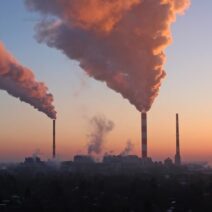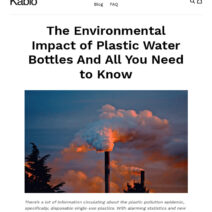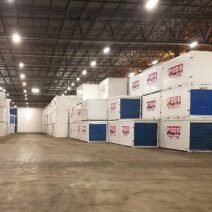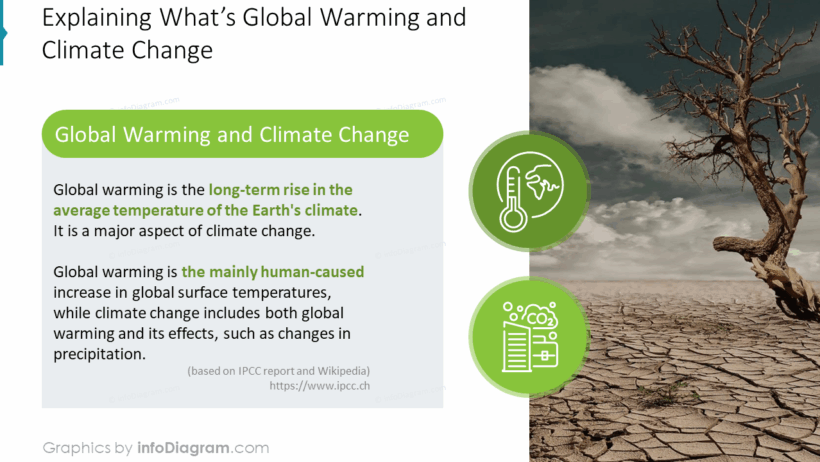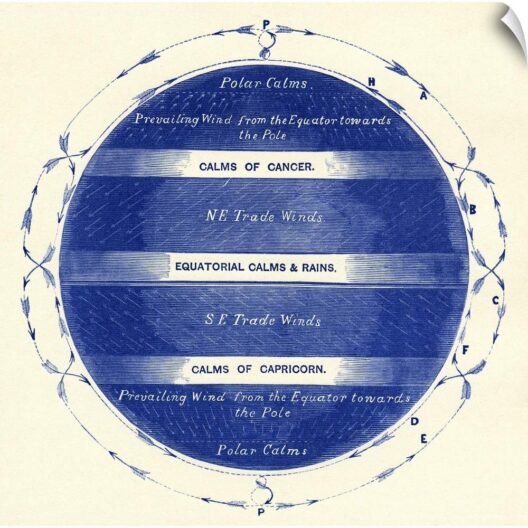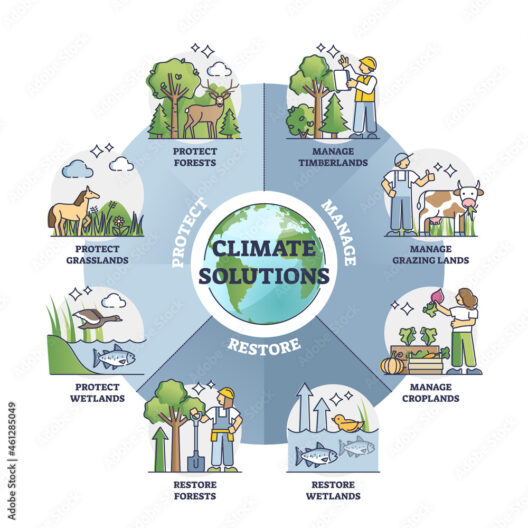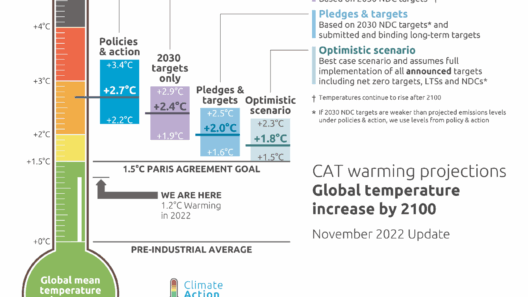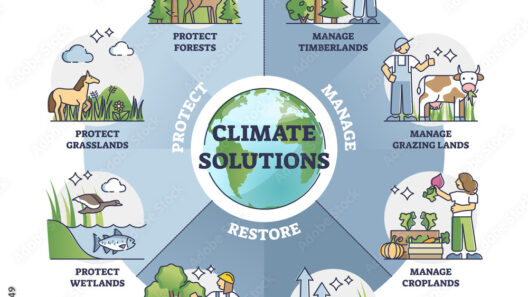Once upon a time, in an atmosphere much like ours, there was a hardworking molecule called carbon dioxide, or CO2 for short. It had a crucial job: to help plants grow and to keep our planet warm enough to support life. However, there’s more to the story of CO2 than meets the eye. To understand this tale, we must dive into the delicate interplay between carbon dioxide and our planet’s climate. Buckle up, as we embark on a journey to unravel the mystery of global warming!
To begin, let’s explore the origins of carbon dioxide. Every time we breathe out, our bodies release CO2. Plants, in turn, take in this carbon dioxide and convert it into oxygen through a fascinating process called photosynthesis. This means that CO2 is not just a villain; it’s also a vital part of our ecosystem. However, the problem arises when too much CO2 enters the atmosphere. And just where does all this extra CO2 come from? That’s where we must pay attention.
Every time we drive our cars, turn on our heaters, or use electricity generated from fossil fuels, we release more carbon dioxide into the air. Things like coal, oil, and natural gas, which are known as fossil fuels, form from ancient plants and animals buried deep inside the Earth. When we extract and burn these fuels for energy, the carbon stored within them is released—resulting in a rise of CO2 in the atmosphere. Did you know that factories, power plants, and even airplanes contribute to this increment? It’s astounding how many everyday activities intertwine with the rise of CO2 levels.
Now, let’s visualize our planet as a cozy greenhouse. The atmosphere acts like the glass walls of the greenhouse, trapping heat from the sun. This natural process is known as the greenhouse effect. Light from the sun warms our Earth, and some of that warmth escapes back into space. However, when there are increased levels of carbon dioxide and other greenhouse gases, more heat gets trapped. This causes the temperature of the Earth to rise—a phenomenon we refer to as global warming.
The consequences of global warming are significant and far-reaching. Imagine our planet’s temperature going up just a few degrees. It may sound small, but this shift can result in more extreme weather conditions. Rainfall patterns change, leading to droughts in some areas and floods in others. Additionally, polar ice caps and glaciers begin to melt, contributing to rising sea levels. For coastal cities, this means risking flooding. It’s a chain reaction—one thing leads to another, and before we know it, entire ecosystems can be disrupted.
But wait! There’s hope. Understanding the CO2 story is not all doom and gloom. Through awareness and action, we can tackle global warming together. Educating ourselves and others about these issues fosters a sense of responsibility towards the environment. Children, in particular, can play a vital role in this journey. The curiosity of young minds can lead to innovative solutions for a sustainable future!
To mitigate CO2 emissions, we must embrace alternatives. Renewable energies, like solar and wind power, present a promising escape from the grip of fossil fuels. When we use energy from the sun and the wind, we not only reduce our carbon footprint but also preserve our planet for future generations. Solar panels on rooftops and wind turbines on farms are tangible signs that change is happening!
Another excellent way for kids to contribute to reducing carbon emissions is through eco-friendly habits at home. Simple actions like recycling, conserving water, or using less electricity can collectively make a substantial difference. For instance, turning off lights when they leave a room or opting for bicycles instead of cars can drastically lower CO2 outputs. This ripple effect showcases how small changes can lead to monumental results.
Moreover, volunteering for local environmental projects or participating in tree-planting activities helps children connect with nature and foster a sense of stewardship. Trees absorb carbon dioxide and release oxygen—nature’s very own solution to combat global warming! As children engage with the world around them, they not only learn about environmental challenges but also become catalysts for change.
Curiosity is a powerful tool. By asking questions and seeking knowledge, children can uncover the science behind climate change. What are greenhouse gases exactly? How do they affect biodiversity? Why is it important to protect our forests? These questions not only ignite interest but also encourage deeper understanding. Schools and communities can foster this curiosity by integrating environmental education into the curriculum. Workshops, nature walks, and interactive activities can captivate young minds and inspire them to find solutions to global warming.
The story of carbon dioxide is ultimately a story of balance. While CO2 is critical for life, the excessive accumulation in our atmosphere poses data-backed threats to our planet’s future. Understanding this intricate relationship empowers individuals, especially children, to take collaborative, proactive measures against climate change.
As we weave together our narratives about CO2, climate change, and the environment, we begin to see the potential for transformation. Every small action, paired with curiosity and a zeal for information, can drive a collective movement towards a more sustainable world. It all starts with the understanding that, just like the tale of carbon dioxide, we too can create a positive outcome for our planet—if we work together. In the words of many environmental advocates: “The time to act is now!”
